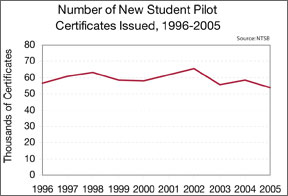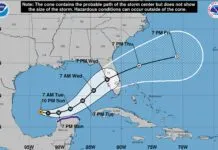We spend a lot of time and space here fretting about training. In this issue, for example, regular contributor Bob Wright discusses the need for and obstacles to better integration into our training infrastructure of risk management concepts. Similarly, were always writing about getting with an instructor and practicing

288
various maneuvers or procedures. But none of this is easy, nor inexpensive.
Weve also railed from time to time about what Ill call the “FBO experience.” Too often, when a well-off prospective student and airplane owner drives his or her luxury SUV out to the airport to inquire about flying lessons, they are greeted in a dingy, poorly lit building by an uninformed employee who shrugs, saying, “Our flight instructor is up with a student.”
Then, a pair of locals cooling their heels for the free coffee take it upon themselves to regale our potential pilot with tales of their derring-do and a pilots need for superhuman skills, an eagles eyesight, a fat bank account and more than a year of free time. The prospect leaves skid marks in the parking lot while the rest of us bemoan the industrys declining student starts.
Meanwhile, very little of our training materials or testing have caught up with the times. Were still asking primary students to locate airports by giving them a set of lat/long coordinates and a paper chart, or requiring them to learn an ADFs intricacies despite the FAAs wholesale decommissioning of NDBs. All of this was highlighted recently when I sat down with a friend and neighbor at my residential airpark to discuss her preparations for the private pilot written.
She and her husband own a 1961 Cessna 172 they recently picked up for a song, and-like everyone else these days-are trying to hold down expenses. Shes the first in the family to seek the private ticket; hopefully, her husband and their still-pre-teen son will follow. Between professional and personal responsibilities, Im trying to do my part. Shes scheduled for a formal ground school in coming weeks-if only the organizer would call her back.
Problems with the ways we train primary students include the lack of risk-management concepts detailed beginning on page 8, relatively inexperienced flight instructors who barely know enough themselves, spiraling costs and an overwhelming absence of professionalism in far too many corners of our shrinking industry. And that should be a crime, since general aviation is the only way to reliably and efficiently travel these days without the TSAs degradation or the inhumanity of commercial airlines.
The end result is worth it, to be sure, but theres got to be a better way. Well do our part to find one. Others need to do theirs.
– Jeb Burnside




